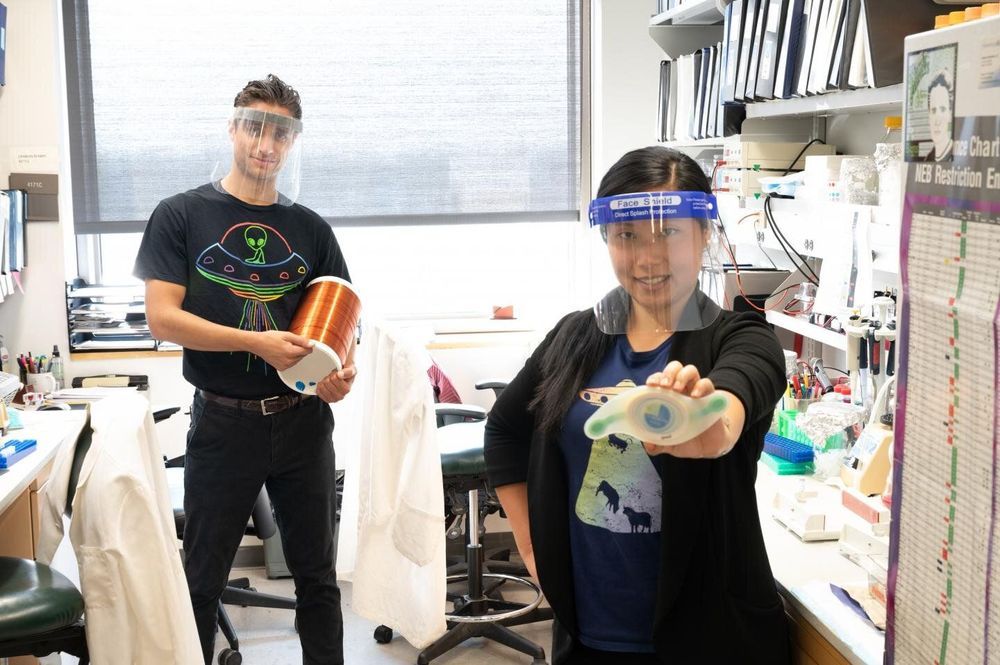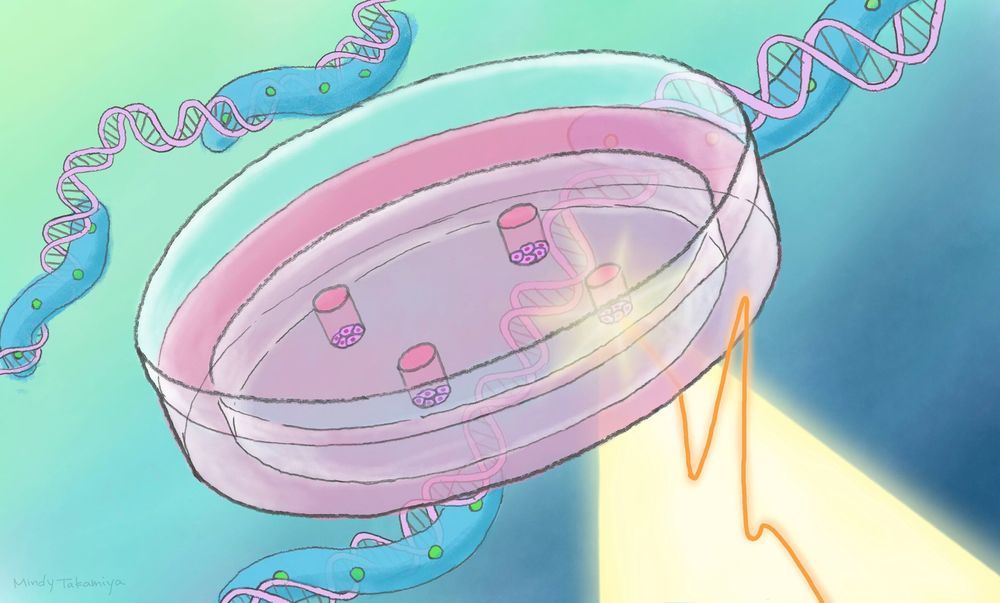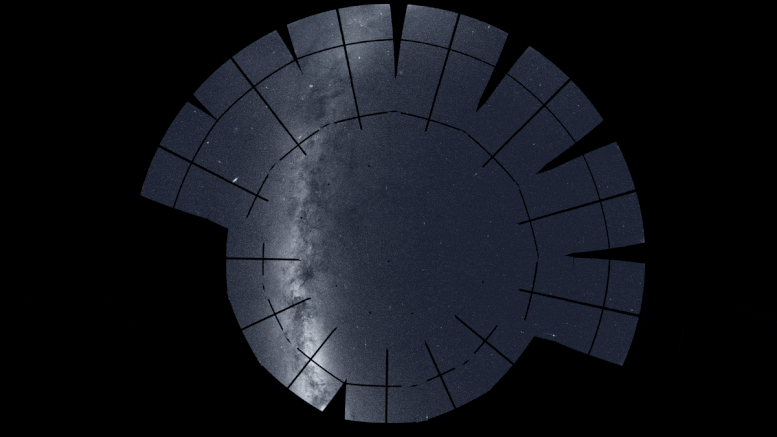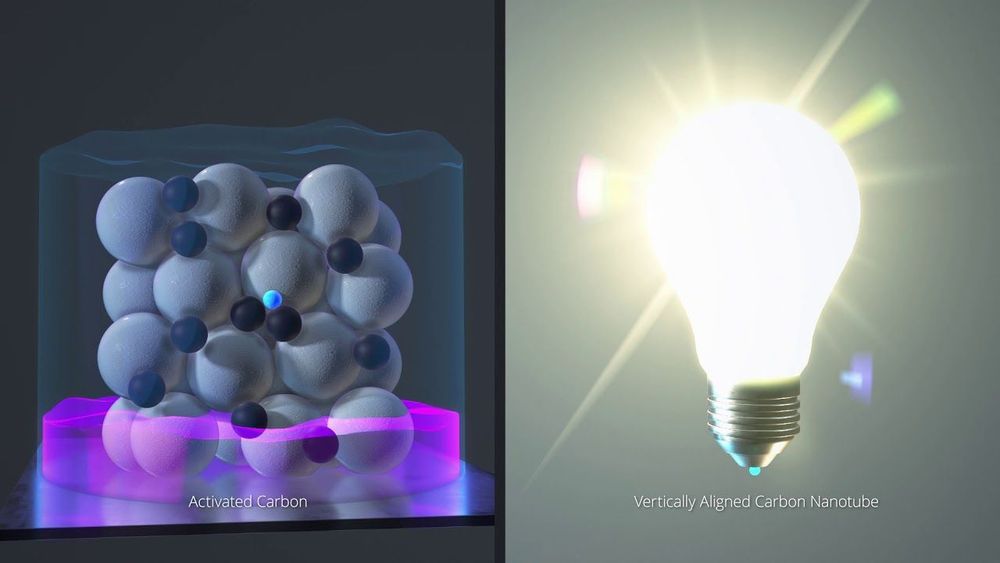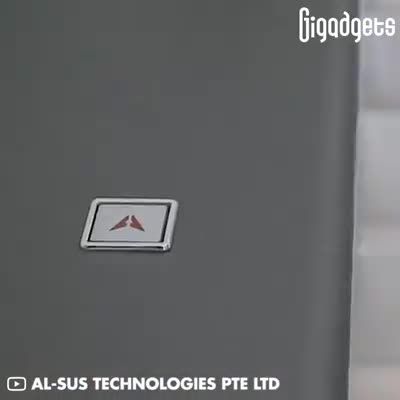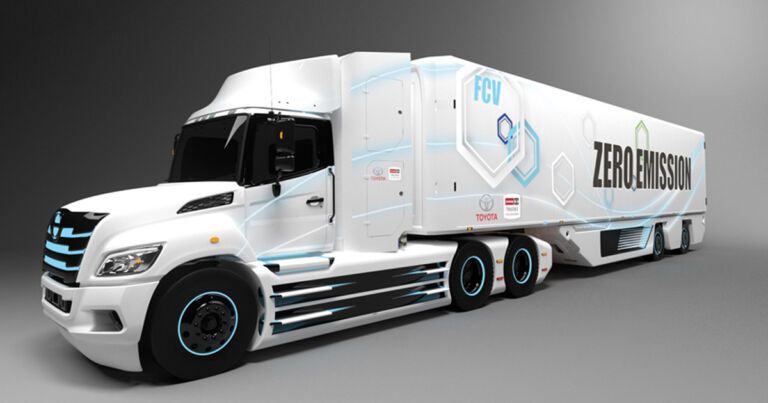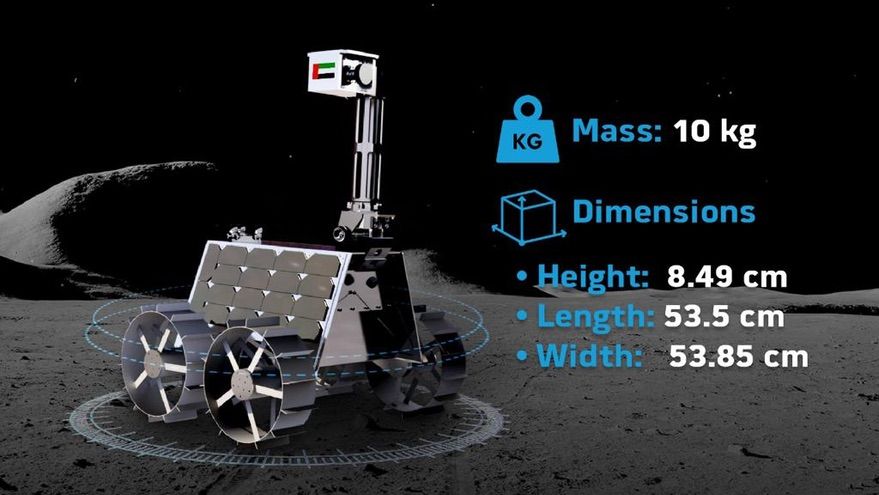Oct 7, 2020
Remote control of blood sugar: Electromagnetic fields treat diabetes in animal models
Posted by Quinn Sena in category: biotech/medical
Researchers from the University of Iowa may have discovered a safe new way to manage blood sugar non-invasively. Exposing diabetic mice to a combination of static electric and magnetic fields for a few hours per day normalizes two major hallmarks of type 2 diabetes, according to new findings published Oct. 6 in Cell Metabolism.
“We’ve built a remote control to manage diabetes,” says Calvin Carter, Ph.D., one of the study’s lead authors and a postdoc in the lab of senior author Val Sheffield, MD, Ph.D., professor of pediatrics, and of ophthalmology and visual sciences at the UI Carver College of Medicine. “Exposure to electromagnetic fields (EMFs) for relatively short periods reduces blood sugar and normalizes the body’s response to insulin. The effects are long-lasting, opening the possibility of an EMF therapy that can be applied during sleep to manage diabetes all day.”
The unexpected and surprising discovery may have major implications in diabetes care, particularly for patients who find current treatment regimens cumbersome.
